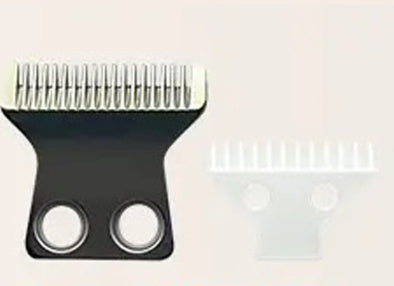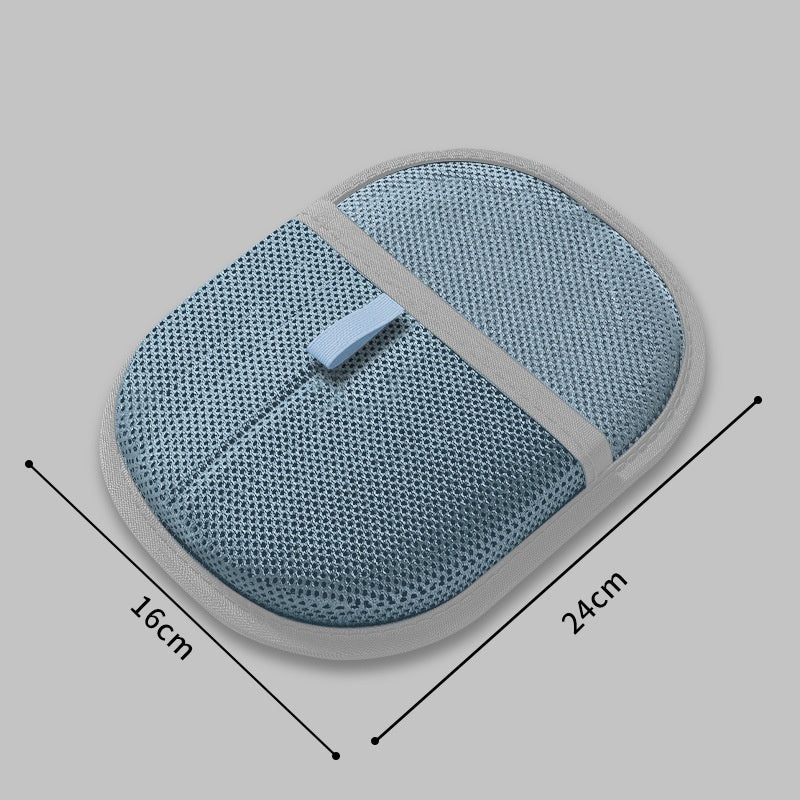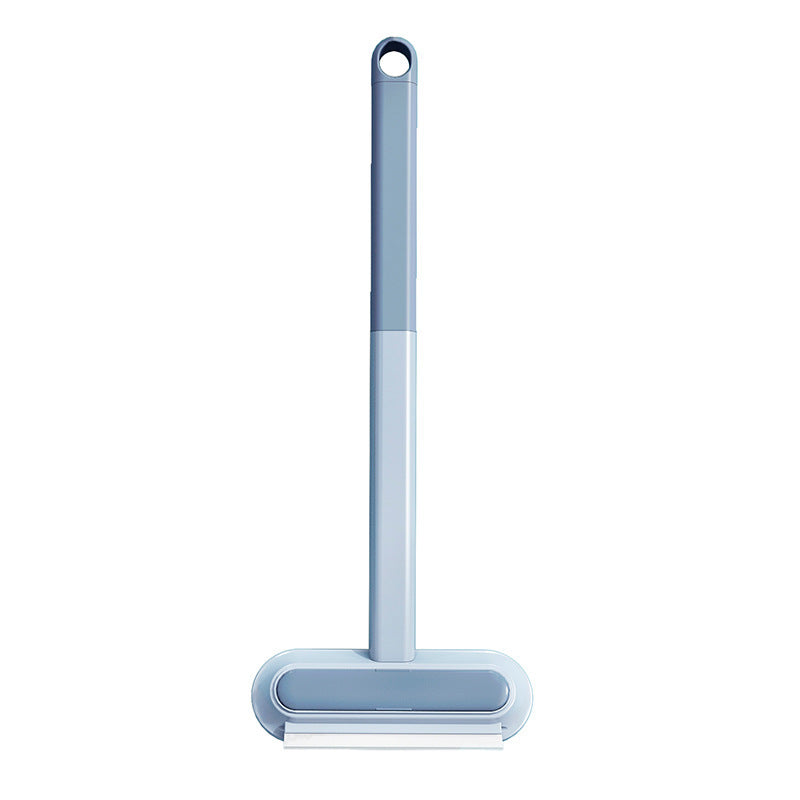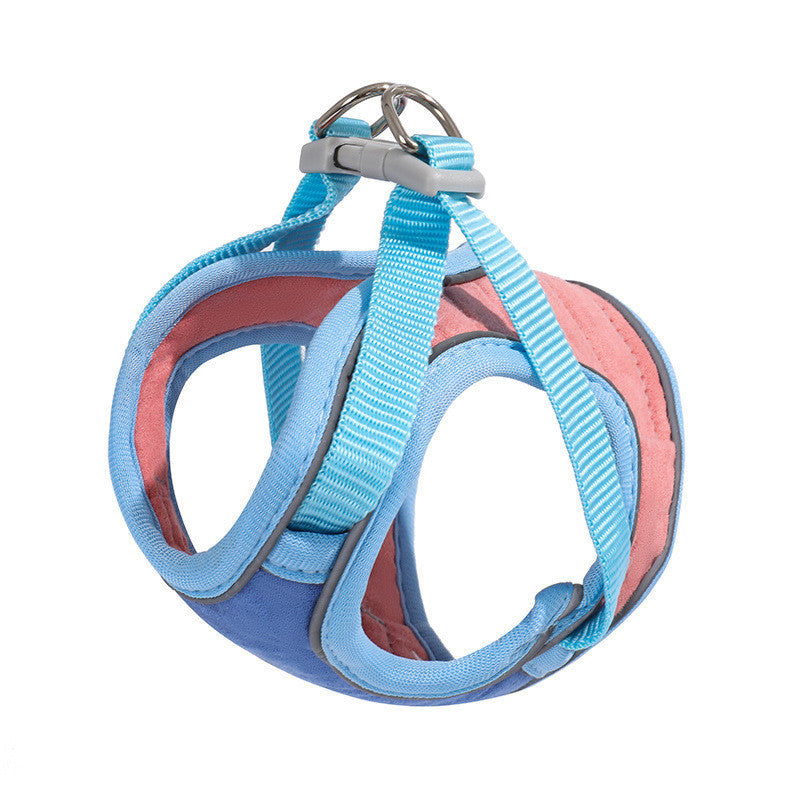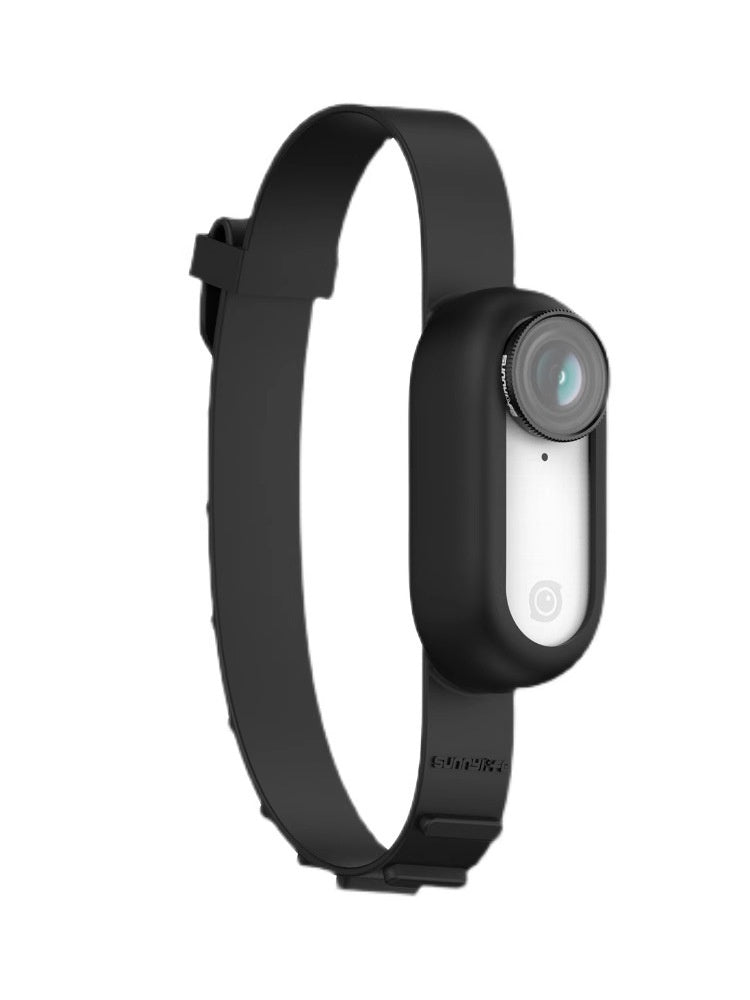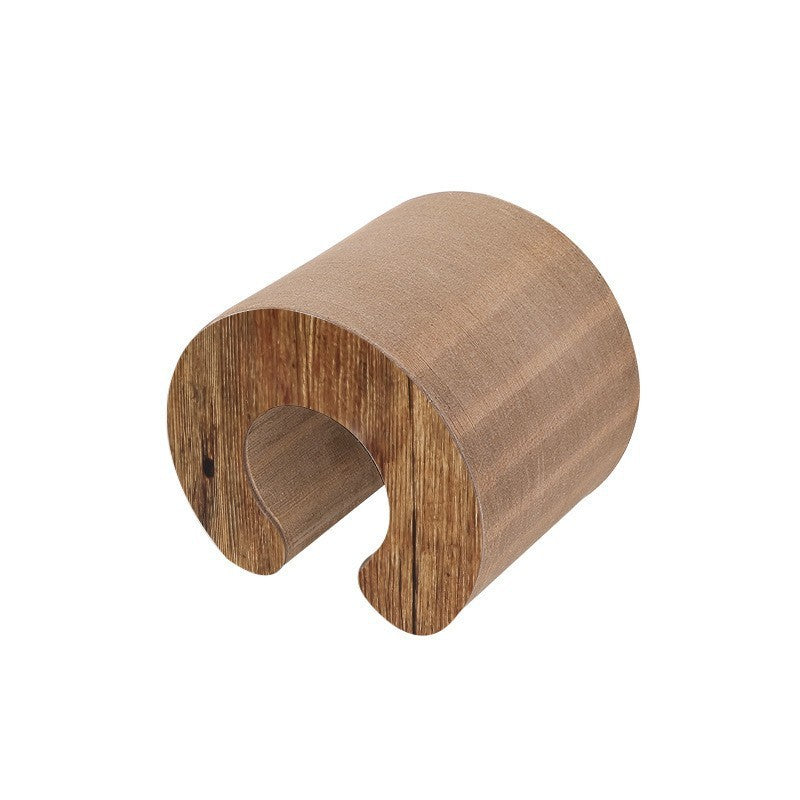While most cats prefer the comfort and security of their familiar territory, sometimes travel becomes necessary, whether for moves, vacations, or veterinary visits. With proper preparation and understanding of your cat's needs, you can make travel experiences less stressful for both of you. In this blog, we'll explore strategies for successful feline travel by car and air.
Carrier selection: Choose a carrier that provides enough space for your cat to stand, turn around, and lie down comfortably. Hard-sided carriers offer more protection, while soft-sided versions may be more comfortable for your cat and easier to fit under airplane seats. Whichever style you choose, ensure it's escape-proof and well-ventilated.
Australian pet travel experts and organisations like RSPCA Australia recommend selecting carriers that comply with airline or vehicle safety standards. Many Australian pet stores offer both hard-sided and soft-sided options, but always check for airline-specific requirements if planning to fly, as most Australian airlines currently require hard-sided, IATA-compliant crates for cargo travel.
Carrier acclimation: Begin acclimation weeks or months before travel by making the carrier a positive space. Leave it open in your home with comfortable bedding inside, place treats or toys inside regularly, and consider feeding meals near or in the carrier to build positive associations.
Car travel preparation: For car journeys, secure the carrier with a seatbelt to prevent shifting. Cover the carrier with a light blanket to reduce visual stimulation while maintaining airflow. Some cats travel better with familiar scents, place an unwashed t-shirt with your scent inside the carrier for comfort.
RSPCA Australia and pet travel guides recommend securing the carrier with a seatbelt and using a light blanket to reduce stress. Many Australian pet owners also use familiar scents, as this is widely recognised to help calm anxious cats during car journeys.
Air travel considerations: If flying with your cat, book direct flights when possible to minimize time in the carrier. Research airline pet policies thoroughly, as requirements vary significantly. Most airlines require health certificates issued within 10 days of travel. For cabin travel, practice airport security procedures at home, including briefly taking your cat out of the carrier.
Medication options: For cats with severe travel anxiety, consult your veterinarian about anti-anxiety medications. Always test any prescribed medication before your trip to understand how it affects your specific cat, as individual responses vary significantly.
| Travel Method | Key Requirements | Tips for Success |
|---|---|---|
| Car | Secure, well-ventilated carrier | Use seatbelt, cover carrier, add familiar scent |
| Air (Cargo) | Hard-sided, IATA-compliant crate | Book direct flight, get health certificate |
| Air (Cabin) | Soft-sided, airline-approved carrier | Only available on select routes (future trials) |
| Train | Carrier required, limited routes | Check state regulations (not available in all states) |
Whatever your travel method, maintain your cat's routine as much as possible during and after the journey. Pack familiar food, treats, and toys to provide comfort in new environments. For extended stays, create a "safe room" at your destination with familiar items before gradually allowing exploration of the new space.
Step-by-Step Guide: Travelling with Your Cat
- Select the Right Carrier: Choose an airline-compliant, escape-proof, and well-ventilated carrier.
-
Acclimate Your Cat to the Carrier:
Leave the carrier out with bedding, treats, and toys, and feed meals near or inside it. - Prepare for Car Travel: Secure the carrier with a seatbelt, cover with a light blanket, and add a familiar scent.
- Plan for Air Travel: Book direct flights if possible, research airline policies, and obtain a recent veterinary health certificate. Practice airport security procedures at home.
- Consider Medication if Needed: Consult your veterinarian about anti-anxiety medication and test at home before travel.
- Maintain Routine and Comfort: Pack familiar food, treats, and toys. At your destination, set up a “safe room” with familiar items before allowing exploration.
- Monitor and Adjust: Watch for signs of stress and adjust your approach as needed to keep your cat comfortable.
Remember that most cats find travel inherently stressful, so minimize unnecessary journeys and always prioritize your cat's comfort and security during essential travel.
FAQs: Travelling with Your Cat
Q: What type of carrier should I use for air travel in Australia?
A: Use a hard-sided, IATA-compliant crate for cargo, and check airline requirements if cabin travel becomes available. Most Australian airlines currently require cargo transport for cats.
Q: How can I help my cat get used to the carrier?
A: Leave the carrier out with bedding, treats, and toys, and feed meals near or inside it to build positive associations, as recommended by RSPCA Australia.
Q: What should I do to prepare my cat for car travel?
A: Secure the carrier with a seatbelt, cover it with a light blanket, and add a familiar scent for comfort, as advised by Australian pet travel guides.
Q: Can my cat travel in the cabin with me on Australian flights?
A: Currently, most Australian airlines only allow cats to travel as cargo, but Virgin Australia is planning to trial cabin travel for small pets on select routes in 2025.
Q: Do I need a health certificate for my cat to fly?
A: Yes, most Australian airlines require a recent veterinary health certificate issued within 10 days of travel.
Q: What if my cat gets very anxious during travel?
A: Consult your veterinarian about anti-anxiety medication and test it at home before travel, as recommended by Australian vets.









